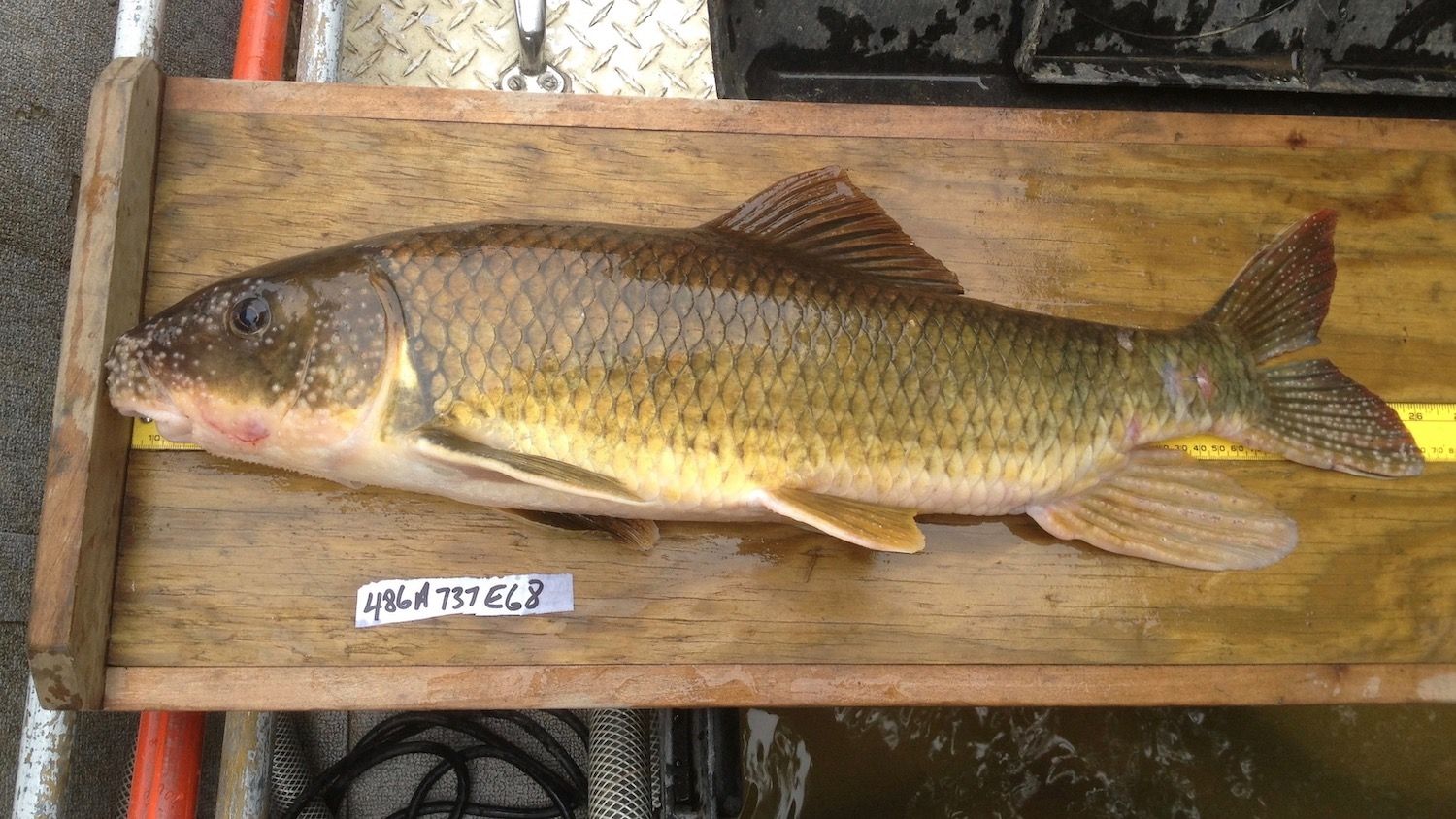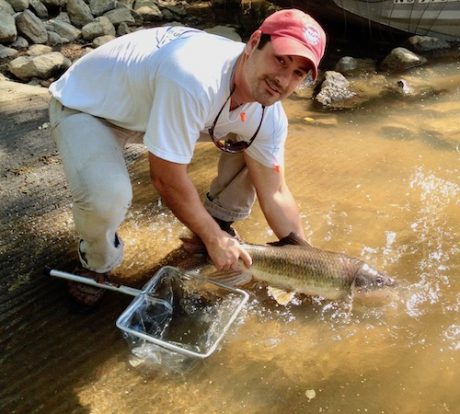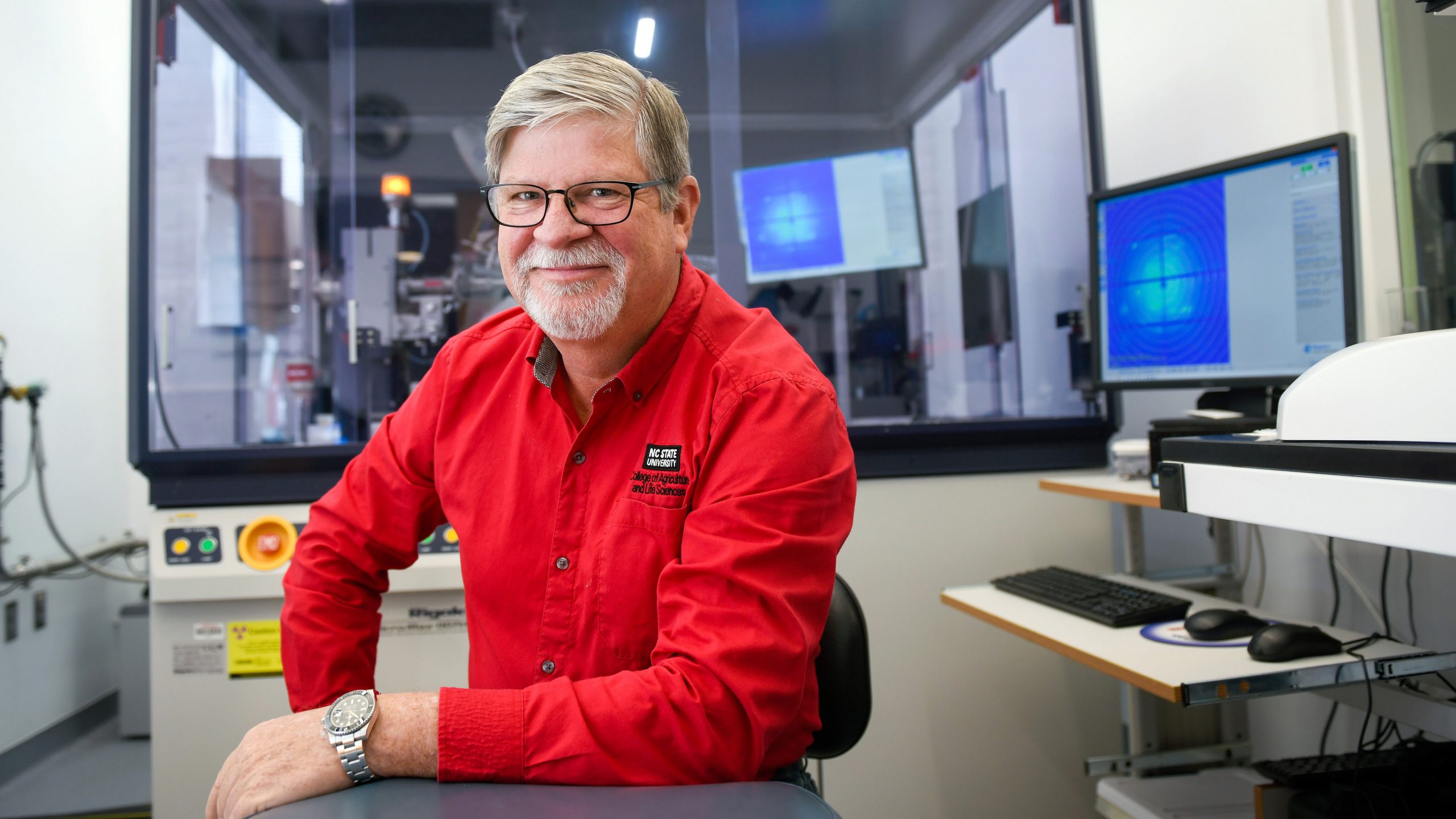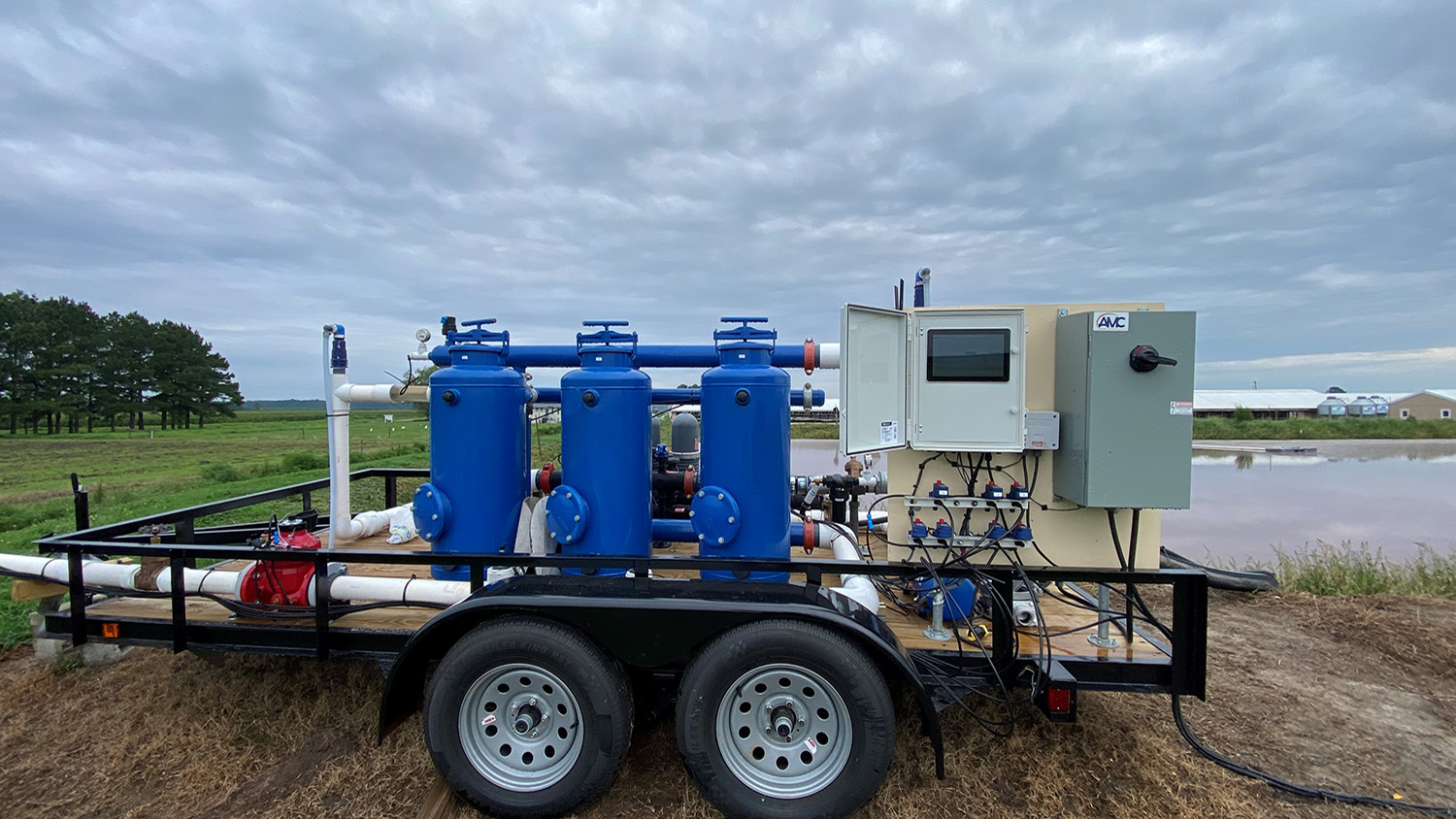How PFAS May Be Threatening The Conservation Of An Imperiled Fish

The robust redhorse (Moxostoma robustum) is one of North Carolina’s most imperiled fishes. This species was first caught and described in 1870 along the Yadkin-Pee Dee River, but scientists did not have another confirmed sighting of this species until the 1980s. Now, after intensive research and conservation, researchers estimate that there are only 62 reproductive adults in North Carolina, qualifying the robust redhorse as a state endangered species.
There are several possible explanations for their decline, including man-made structures that cut-off access to breeding areas, poor water quality, and pollution. A new study has shown that there are significant concentrations of per- and polyfluoroalkyl substances (PFAS) within the Yadkin-Pee Dee River – their limited home range – revealing yet another possible explanation for their decline.
PFASs are a group of human-made, long-lasting chemical compounds used in many everyday products, like non-stick pans and furniture. But these compounds are problematic when they enter the aquatic ecosystem, as they don’t easily break down and can build up – or bioaccumulate – in the tissues of species.

In this new study, researchers found PFASs throughout the entire Yadkin-Pee Dee food chain, with aquatic insects being the most contaminated among the living organisms they sampled. Aquatic insects and mollusks make up a significant portion of the robust redhorse diet, so it was important to measure how much and many PFASs might be in their systems. But, because robust redhorses are too imperiled to sample directly, the researchers collected tissue samples from the common notchlip redhorse (Moxostoma collapsum) in the Yadkin-Pee Dee, which has a similar diet and occupies the same areas. They too were contaminated with PFAS compounds, confirming the trophic link between aquatic insects, mollusks, and fishes.
Incidentally, the researchers were able to collect a single sample of ova (eggs) from a robust redhorse during the study, and identified 10 types of PFAS within the tissue. This indicates that PFAS may be passing from gravid females to eggs and embryos by maternal transfer, as has been documented in other species of fish, potentially impacting their fertility, fecundity, and the early development of young redhorse.
Conservationists considered reintroducing robust redhorse to the river with a hatchery-stock campaign proposed at Red Hill, a site along the Yadkin-Pee Dee where robust redhorse were once present. However, researchers found that the Red Hill site had 10 of the greatest PFAS concentrations along all environmental and food chain compartments in the study.
The robust redhorse is the most critically endangered of the several imperiled species present in the Yadkin-Pee Dee, and this study highlights how pollutants like PFAS may be affecting their decline and need to be considered in future management strategies for this, and other, imperiled aquatic species.
The study, “Trophodynamics of Per- and Polyfluoroalkyl Substances in the Food Web of a Large Atlantic Slope River,” was published in Environmental Science & Technology. The research was funded by the North Carolina Wildlife Resources Commission and the South Carolina Department of Natural Resources (grant NC-U2-F14AP00075).
This post was originally published in Department of Applied Ecology.


